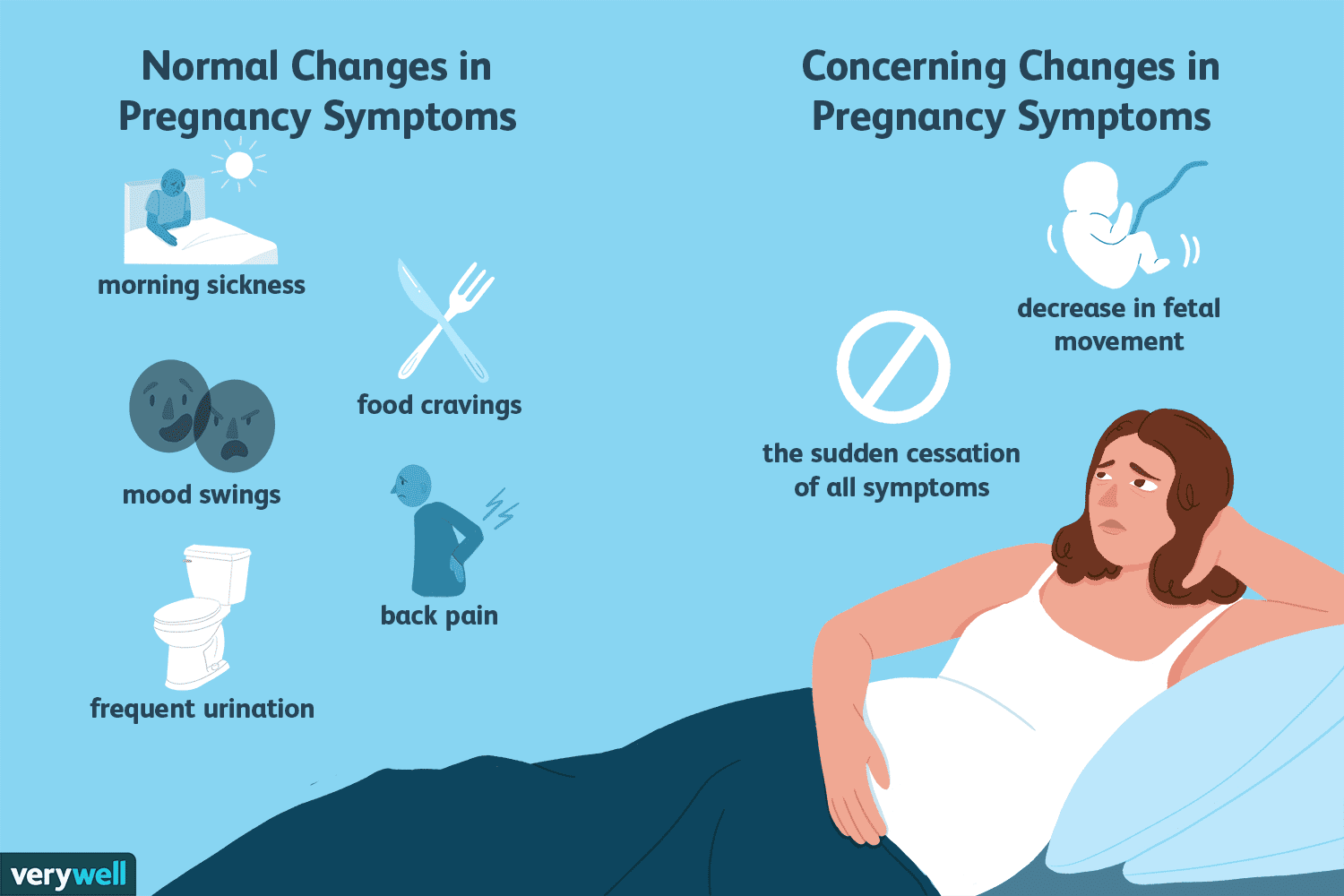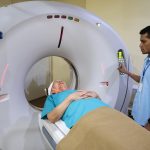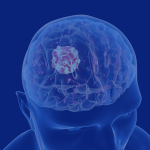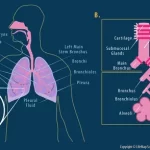Nausea can occur from a variety of causes. However, your doctor will try to determine the cause of nausea by reviewing the medical history, which includes drug use. It will benefit the doctor if you tell them what causes your nausea Spring. The specialist will conduct a physical exam, which may consist of blood pressure testing, abdomen examination, pregnancy test, neurological assessment, and other tests. A brain imaging test, like a computed tomography (CT) scan, may be required if you have recently had a head injury. Physical examination is not always needed for further diagnosis.
An overview of nausea
Nausea is commonly defined as an unpleasant stomach, with or without the sensation of about to vomit. It can indicate various illnesses, from moderate and transitory to chronic and life-threatening. Nausea affects practically everyone at some point in their lives due to a wide range of reasons. The nausea stimulation begins in a region of the dorsal brainstem that gets information from the vagus nerve. This signal is then transmitted to higher brain areas, eliciting the sensation of nausea.
Treating nausea
The cause determines the therapy for nausea. For example, sitting in the front seat of a car may alleviate motion nausea. Motion sickness can also be relieved with drugs such as dimenhydrinate (Dramamine), an antihistamine, or by putting on a scopolamine patch. Taking medicines to treat the underlying cause of nausea can also be beneficial. Examples include GERD pain relievers and stomach acid reducers. After your nausea has subsided, staying hydrated might assist in avoiding dehydration. This involves drinking tiny, regular sips of clear liquids like water or an electrolyte-containing beverage. When reintroducing food, stick to the BRAT diet (bananas, rice, applesauce, and toast) until your stomach settles.
When to seek medical attention
- If heart attack indicators follow your nausea, get immediate medical attention. Crushing chest pain, an acute headache, jaw discomfort, sweat, or pain in your left arm are all indications of a heart attack.
- You should seek instant medical aid if you are enduring nausea, a severe headache, a stiff neck, trouble breathing, or disorientation.
- Seek medical attention if you fear you have consumed a toxic chemical or are dehydrated.
- Consult your doctor if you have been unable to eat or drink for more than 12 hours due to nausea.
- You should consult a doctor if your nausea does not go away after 24 hours after using over-the-counter remedies.
Some suggestions to prevent nausea
If you are already nauseous, the following suggestions will help you avoid vomiting.
- Sit down and do not move. Physical exercise will aggravate nausea.
- A modest amount of a beverage, such as Ginger Ale or Gatorade, should be consumed. They will soothe the stomach.
- Avoid taking medications that might cause stomach distress, such as nonsteroidal anti-inflammatory drugs, corticosteroids, and blood thinners.
- Consume an oral rehydration solution to replenish electrolytes.
Nausea is a frequent and unpleasant symptom. However, nausea can occasionally be used as a warning indication. It may encourage you to consult a healthcare practitioner sooner rather than later, and it may aid in the identification of a potentially dangerous medical problem. Call Houston Medical ER or book your appointment online to determine which nausea therapy suits you.








